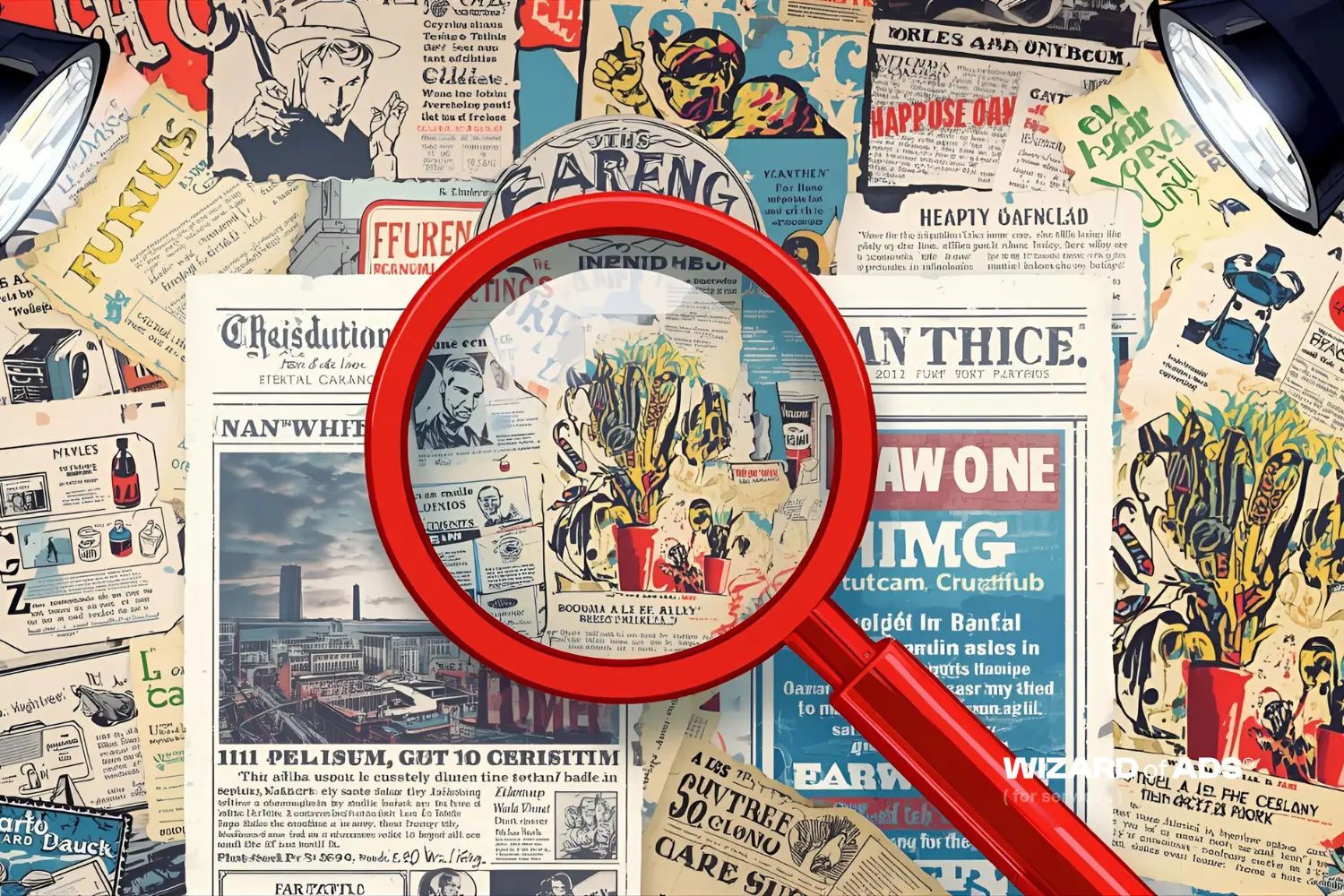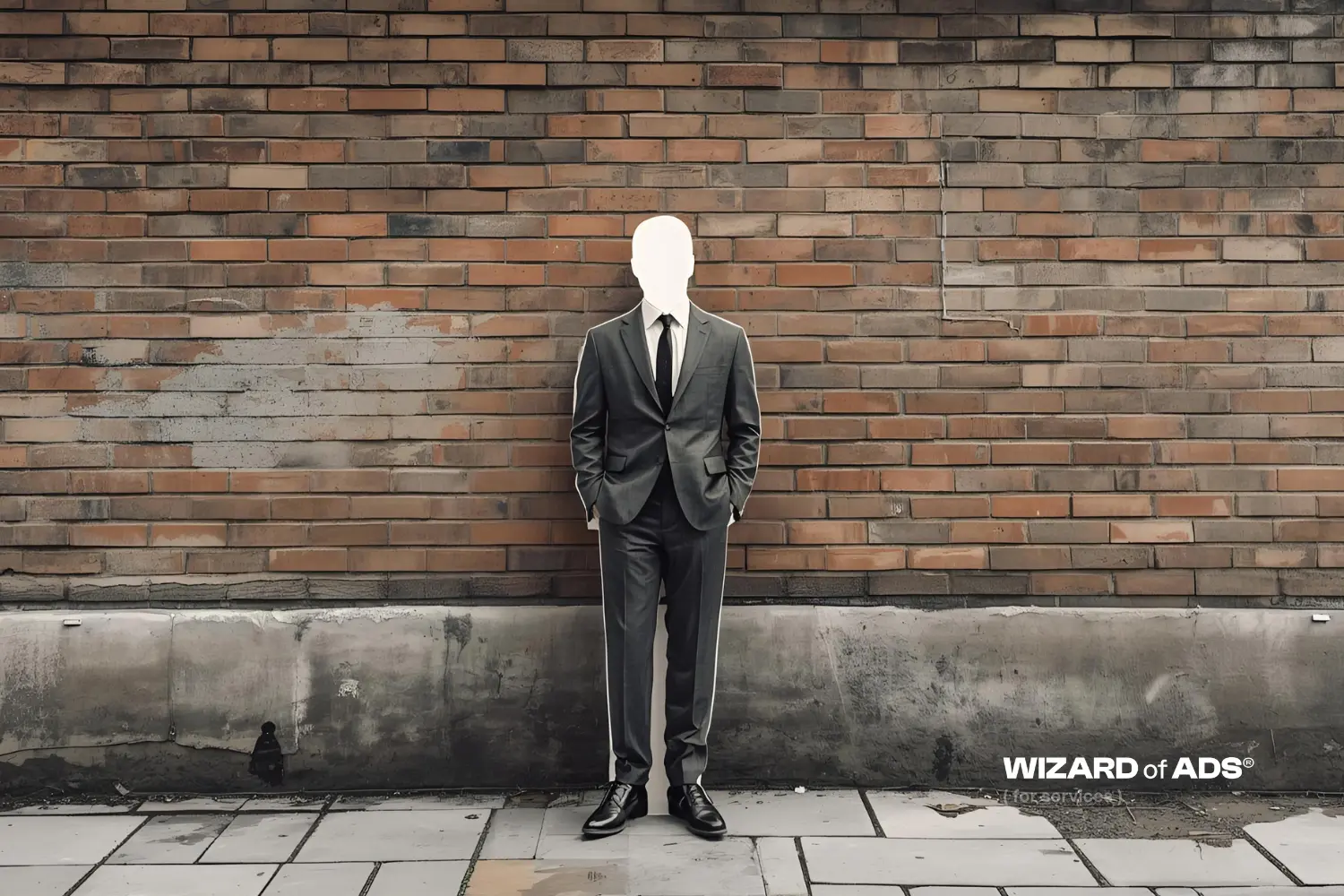
If you read the same books as everyone else does, watch the same videos, attend the same networking events and conferences, then you’ll come away with the same information as everyone else. NASA scientist, Mark Fox taught me that.
In his Wizard Academy class "Da Vinci And The 40 Answers" (take it, it'll change your life and I'm dead serious about that) he touches on how in order to really stand out from the competition, you need to look outside of your industry for answers. We all experience the same problems, but many times a creative solution can be found in an industry or business completely different from our own.
Today we're going to take a look at the music industry.
In 2007, Radiohead broke from the mainstream way of advertising their upcoming album by letting people “Pay What They Think."
Traditionally, musicians spent months teasing the release of their new album. But that all changed with Beyonce, who released an entire album with no warning. And people went nuts.
Harley Brown of Vulture wrote, "Ever since Beyoncé's self-titled visual album appeared like a Christmas miracle on the iTunes store at midnight on a Thursday in December of 2013, the rules for how to release a record were rewritten literally overnight."
It was unheard of to drop an entire album with zero promotion or advertising.
Not long after, other famous musicians were surprise-dropping their albums as well. It's one of the ultimate lessons in surprising and delighting your audience.
What wonderful prepared product or service can you gift wrap, throw a bow on, and drop into the lap of your unsuspecting customers?
Eminem’s Revival marketing campaign did the opposite of a traditional rollout as well. He advertised using parody commercials of a drug for people suffering from "Atrox Rithimus."
Nothing about this campaign was overt that it was for a new album from one of the most famous rappers of all time.
He dropped some hints, set up the punchline, and let us fill in the blank.
A testimony to the power of inside jokes, Eminem's campaign alluded to phrases and symbols that only his fans would get. Some of the more "obvious" hints were the iconic backward "E" in the drug's name, Revival. When you watched the commercials for it, they peppered in famous lyrics like, "it's easy to lose yourself" and "do not miss your shot to blow."
In a world where musicians had transitioned all their advertising to digital media, Drake took it back to analog.
He used the humble billboard, an advertising medium his competitors were ignoring.
He posted billboards in highly visible areas. Their simple imagery stood out in stark difference from the billboards around them. Instead of the traditional billboard imagery of faces and product names and websites and phone numbers, Drake’s billboards relied on the impact of blank space. Sometimes featuring a quote from a song, or a simple visual related to the album’s title, or just a single number.
Adweek called it 2015’s Most Viral Billboard. Read their article intro and tell me you don’t believe in the cultish power of inside jokes: “If you know what this billboard means just by looking at it, you're cool. If you don't, you're probably in need of some schooling.” "Sure, it was smart to make fans feel in the loop while leaving everyone else scratching their heads," Adweek admits that inside jokes are a killer branding strategy. It's a way to inject exclusivity and strengthens the bonds of those who are in the group. The article continues driving home the importance of inside jokes: "...the real reason it worked is that people care deeply about music and are willing to invest in learning more about musicians they love—if only so they don't feel stupid when everyone else at the party is talking about it. "Now, take that statement and replace "music" and "musicians" with "stories" and "storytellers." "People care deeply about [stories] and are willing to invest in learning more about the [storytellers] they love. "Try this one on:
"People care deeply about [inside jokes] and are willing to invest in learning more about the [jokesters] they love."
If stories are currency, inside jokes are gold bricks.






.webp)










%20on%20Paid%20Ads%20(1).webp)








.webp)
